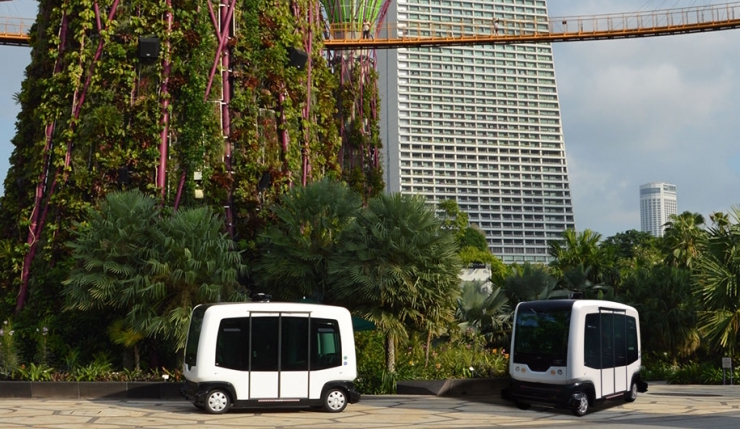As technology continues to shape the way we live, the introduction of autonomous vehicles marks a significant leap forward in urban transportation. Recently, Helsinki became a focal point for innovation with the launch of two driverless minibuses that are about to hit the busy streets for real-world testing. This exciting initiative not only signals the shift toward smarter cities but also redefines the conventional norms of transportation.
The Autonomous Buses: A Closer Look
The EasyMile EZ10 minibuses are designed for short-range travel, catering to urban commuters who require efficient and reliable transportation solutions. Operating at a leisurely pace, these minibuses will primarily serve transitional zones—shuttling passengers between train stations and neighboring bus stops.
Why Helsinki?
Helsinki is stepping into the future of mobility thanks to its progressive regulatory framework. Interestingly, Finnish law permits driverless vehicles to operate without a human driver, making it an ideal testing ground for autonomous technologies. This reflexive approach to city planning and transportation is what sets Helsinki apart, as it actively embraces both the challenges and opportunities that come with innovation.
The Importance of Real-World Testing
While autonomous driving technology has made waves in Silicon Valley with companies like Google making headlines, testing these technologies in a real-world scenario can yield invaluable insights. Interacting with everyday traffic, pedestrian movements, and varied weather conditions will provide practical data, helping engineers and designers refine their systems. This is crucial for ensuring safety, efficiency, and public acceptance of autonomous vehicles.
What Lies Ahead?
Throughout the month-long testing period, EasyMile aims to assess the performance of its driverless buses under realistic conditions. While specific objectives remain under wraps, users can expect that the team is likely focusing on aspects such as:
- Safety measures in high-traffic scenarios
- Integration with existing public transport systems
- Passenger experiences and comfort
- Adaptation to local traffic regulations and behaviors
Challenges on the Horizon
Despite the excitement, there are several hurdles to overcome. Public skepticism regarding the safety of autonomous vehicles persists, and potential technical challenges could arise during the testing phase. Education and transparency will be vital in dispelling myths and fostering acceptance among the local community.
Conclusion: The Road Ahead
Helsinki’s venture into autonomous public transport encapsulates a broader shift toward smart city initiatives, signaling the willingness of urban centers to adapt to emerging trends in technology. The results of this pilot program may pave the way for more extensive applications of such technologies not just in Finland but across the globe.
At fxis.ai, we believe that such advancements are crucial for the future of AI, as they enable more comprehensive and effective solutions. Our team is continually exploring new methodologies to push the envelope in artificial intelligence, ensuring that our clients benefit from the latest technological innovations. For more insights, updates, or to collaborate on AI development projects, stay connected with fxis.ai.

